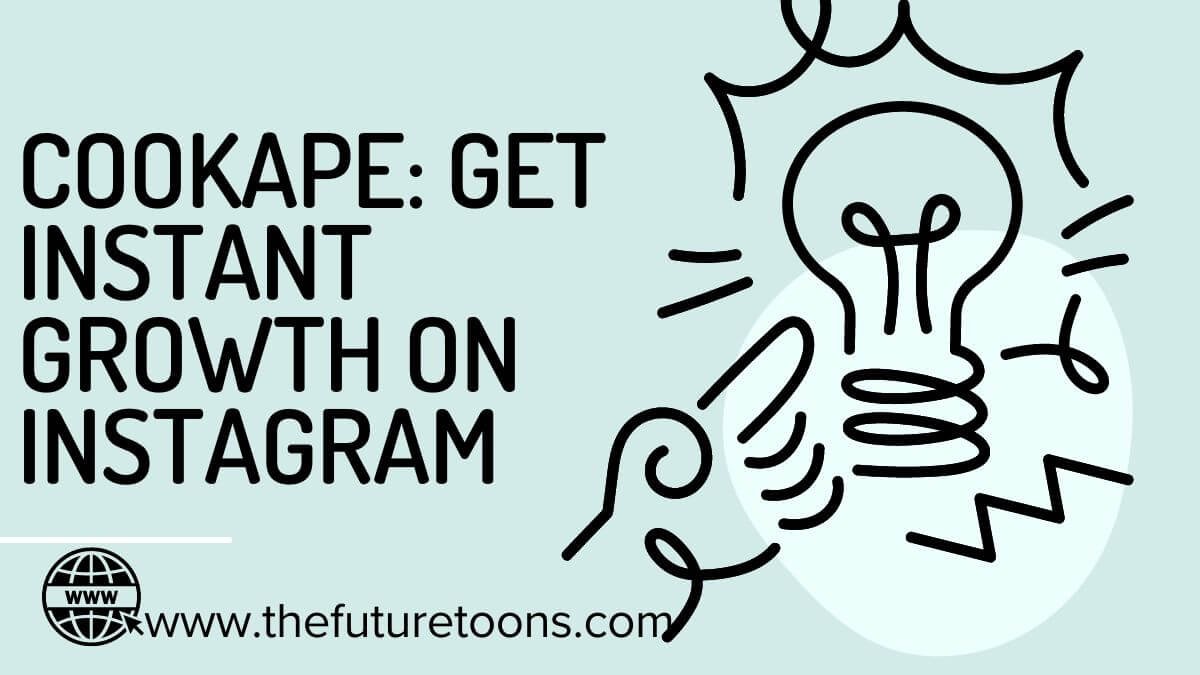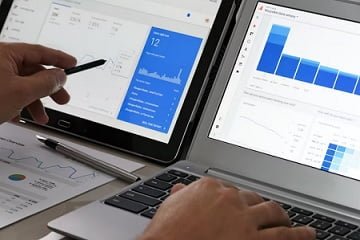Bp Groeit, Benzine, Climate Goals, Brandstof, – As someone who’s been following the oil and gas industry for years, I’ve witnessed a remarkable transformation in how major players approach sustainability. Today, I am happy to present to you some of my observations regarding BP’s transition to a new, more environmentally-friendly company, with the emphasis on its growth, fuels, and climate plans. Here is a deep analysis of this all-encompassing guide that goes through the transformation of BP in the energy market.
Overview Table of Bp Groeit, Benzine, Climate Goals, brandstof,
| Topic | Key Points |
| BP Groeit | BP’s growth strategy focusing on sustainable expansion |
| Benzine | Gasoline alternatives and innovations |
| Climate Goals | BP’s commitment to carbon neutrality by 2050 |
| Brandstof | Sustainable fuel solutions and investments |
BP’s Green Revolution: A Personal Perspective
I remember when BP was synonymous with petroleum. Now, Bp Groeit, Benzine, Climate Goals, Brandstof, it’s at the forefront of the energy transition. This shift isn’t just impressive; it’s necessary. This decision presents an image of hope for BP in a world where temperatures continue to rise and more consideration for the environment is placed.
BP Groeit: Growing Responsibly
BP’s growth strategy, otherwise known as ‘BP groeit’ in Dutch, is an interesting amalgam of aggression and sustainability. Here’s what I’ve observed:
1. Renewable Energy Expansion: BP has committed to achieve 50GW of renewable power capacity by 2030. This is enough electricity to light up approximately 16 million homes! This commitment demonstrates BP’s appetite to expand its services beyond the upstream sector in oil and gas industry.
2. Strategic Acquisitions: In 2022, BP purchased 40. 5% stake in the Asian Renewable Energy Hub that is expected to generate Green hydrogen production capacity of about 1.6 million tonnes per annum. This can go a long way in showing that BP is serious about any venture it is planning to undertake in the field of alternative energy.
3. Investment in Innovation: By 2030, BP aims at spending $5 billion per annum on low carbon energy technologies. This significant financial investment proves their commitment to long-term success.
Benzine: Fuel for the New Generation

The German word for gasoline, “Benzine,” is in the midst of a major transformation at BP. Here’s how:
1. Advanced Fuels: The ongoing products from BP such as the BP Extreme have been created to have up to 4% less CO2 emission. However this might sound like a small measure, it sums up to significant figures when stretched out to millions of cars.
2. Biofuel Blending: BP continues to add more biofuel in the creation of its gasoline. They also ensure that they blend 10 billion liters of bio fuels into their products to eliminate emission by 3 out of 2020. 3,000,000 tons of CO2 same.
3. Electric Vehicle Charging: Given the transitioning idea of the auto industry, the organization plans to give 70,000 EV charging stations overall by 2030. It seeks to respond proactively to changes in the “benzine” climate straightforwardly.
Climate Goals: BP’s Bold Commitments
BP’s climate goals are among the most ambitious in the industry. Here is a breakdown:
1. Net Zero by 2050
BP has a mission to become net-zero by 2050 or sooner. This covers their emissions and the carbon intensity of their oil and gas creation and sales.
2. Methane Intensity Reduction
BP aims to slice methane intensity of operations down the middle by 2023. They arrived at this objective in 2020: emissions have decreased by 44% from the level observed in 2017, and that means that the organization is doing great.
3. Sustainable Emissions Reductions
BP has focused on cutting its emissions by 30-35% by 2030 based on the 2019 baseline. This target is supported by activity plans and checklists, as well as by giving itemized reports on the progress made.
Brandstof: Fueling the Future
“Brandstof,” the Dutch word for fuel, is in BP’s middle.
| Hydrogen Investments | BP is currently betting on hydrogen as the next big thing in energy markets. This means that they expect to capture 10% of the clean hydrogen market by 2030 and could produce as much as 500000 tonnes of hydrogen per year by 2030. |
| Sustainable Aviation Fuel (SAF) | BP’s ultimate goal is to provide 20% of the world’s SAF consumption by 2030. In 2021, they disclosed their intention to spend $30 million in the construction of the new SAF manufacturing plant. |
| Advanced Mobility Solutions | Thus, BP has made substantial investments into modern mobility solutions and fleet management services to enhance fuel economy and minimize greenhouse gas emissions. |
BP’s Quality Assurance: Maintaining Quality
BP sets high standards of quality and reliability and this is well illustrated by its various testing procedures. Each fuel batch is subjected to rigorous quality testing before it is supplied to the market. This means that the products of BP are not only up to par with the standards of the industry but in some cases surpass them.
Investment in a Sustainable Future
The extent of the company’s financial investment in sustainability is perhaps best illustrated by BP. To meet this goal, they intend to provide $5 billion of annual investment in low carbon energy by 2030. This includes:
1. Invest $500 million in low carbon activities in the year 2022.
2. $1.5 billion investment on offshore wind development
3. The renewables share topped $220 million dedicated to solar power.
They show a true concerned of BP to change its business model as well as investing in sustainable solutions as a company.
Conclusion
In conclusion, Bp Groeit, Benzine, Climate Goals, Brandstof, BP’s transformation is not just about strategy it is about the future of energy and everyone out there. BP’s journey is a perfect example of inspiration for everyone, including energy entities as they transition to a low-carbon world.
FAQ’s About Bp Groeit, Benzine, Climate Goals, Brandstof,
Ans. About $5 billion in 2030.
Ans. There are now over 70,000 charging points worldwide.
Ans. 30-35% of its levels in 2019.
Ans. Ten percent market share of the whole world.
Ans. 10 billion liters.
Also Read About



